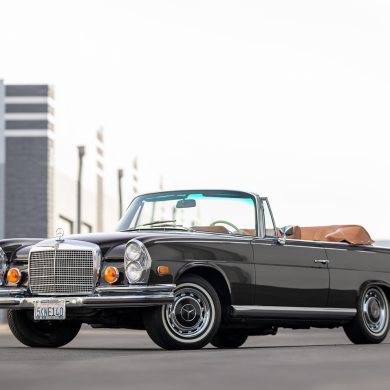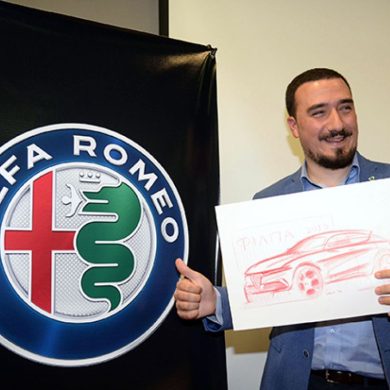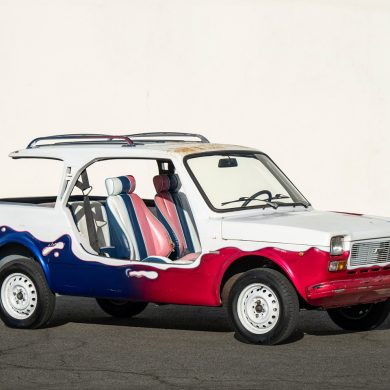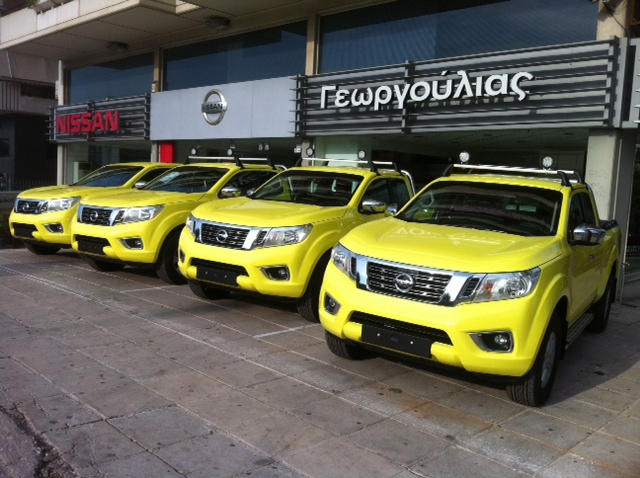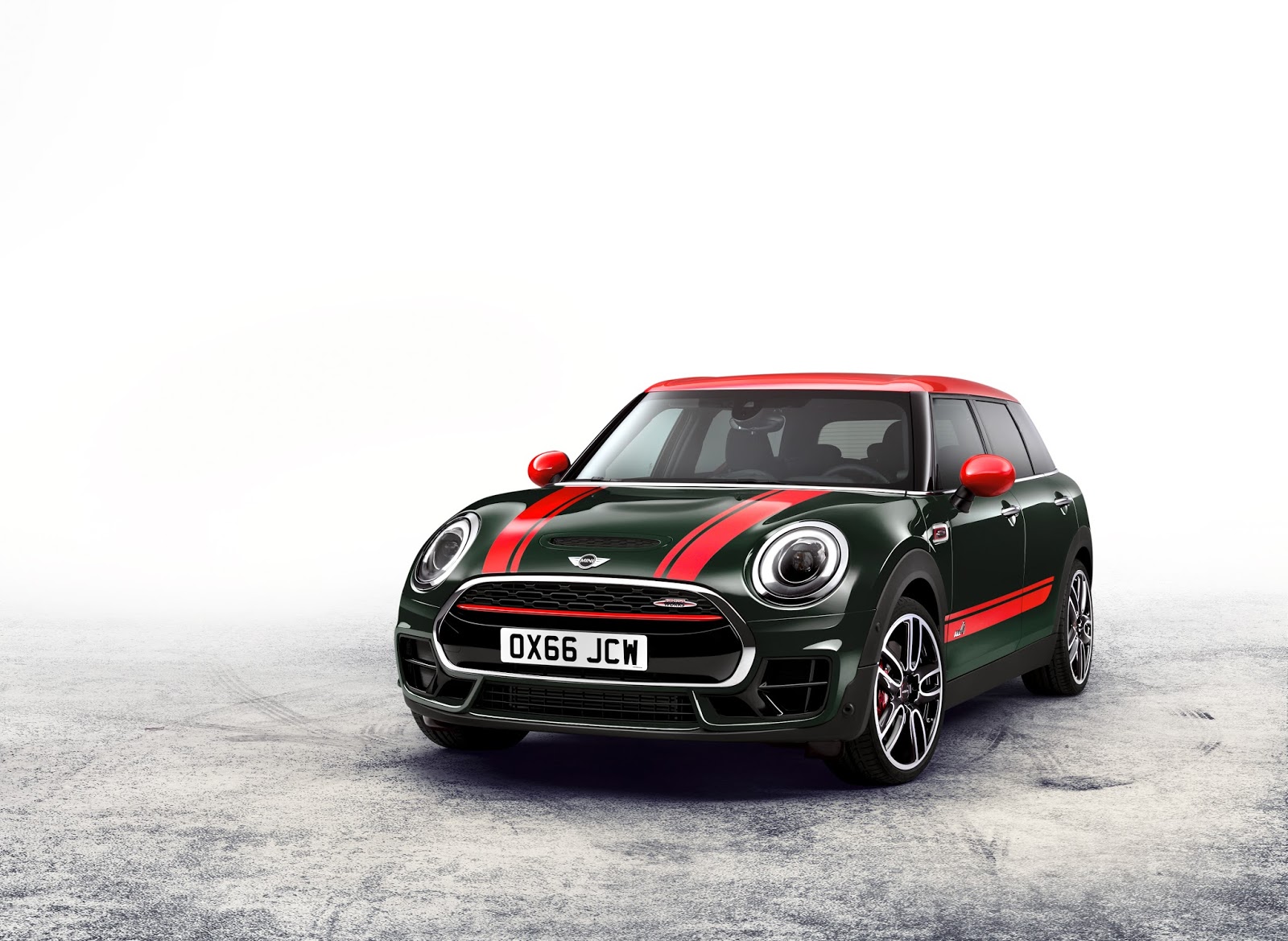The evolution of the most popular model in automotive history
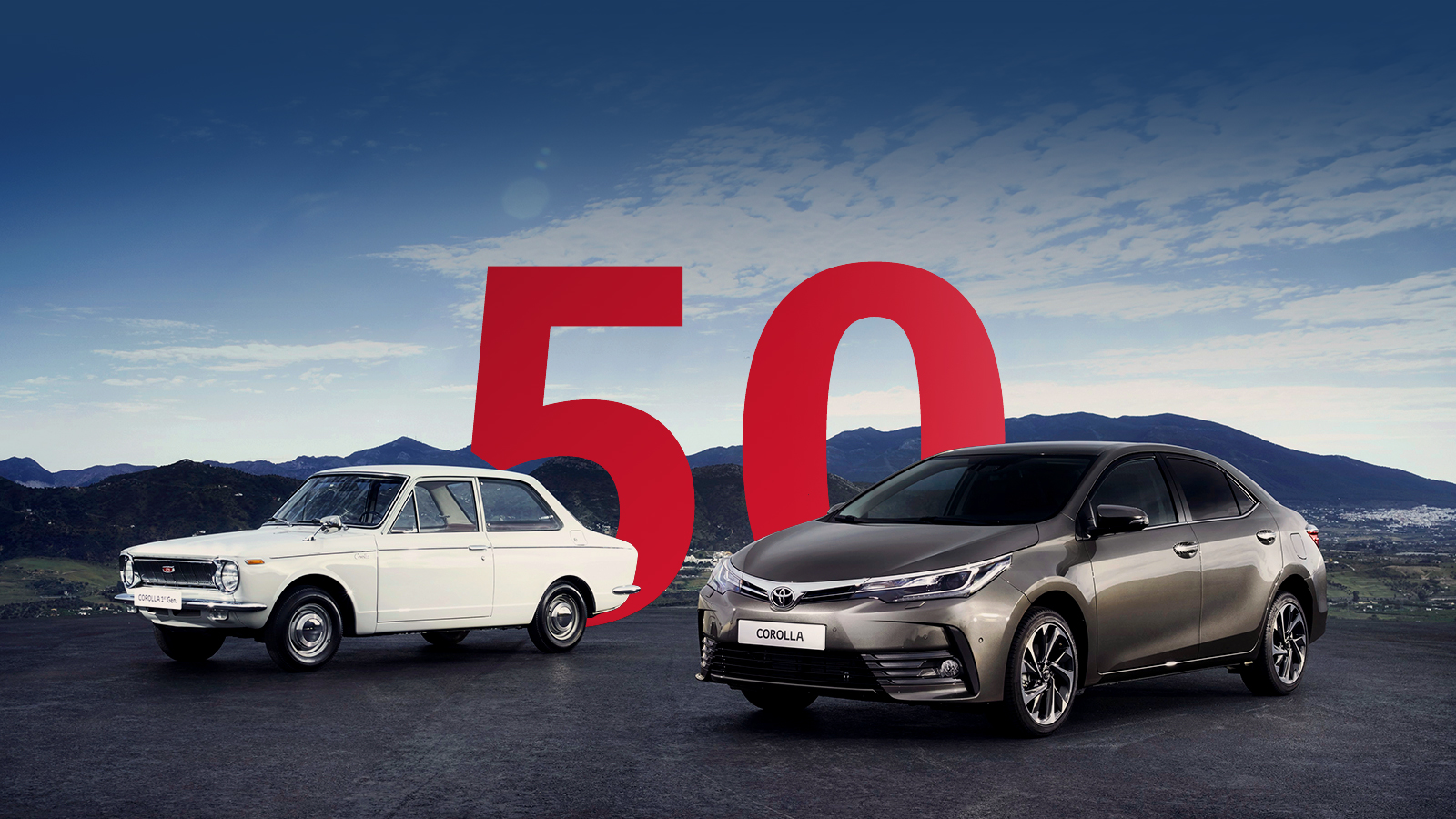
As Russia was competing with America for the conquest of space and Beatles fans were excitedly awaiting the band's next hit, Toyota was preparing its own historic launch in 1966 - the new Corolla. Today, the most popular car in the entire world, with over 40 million sales, reaches another incredible milestone: 50 years of Toyota Corolla production.
With a name meaning "wreath", meaning the sum of the petals of a flower, the Corolla was invented to meet the needs of the commuter population in Japan's rapidly growing economy in the mid-1960s.
The need for people to travel in their own vehicle was becoming more urgent and this led to the adoption of objectives that still exist today: to continue to evolve and meet the needs of consumers wherever they live.
Toyota's pioneering philosophy has evolved with the Corolla remaining the world's most loved car, offering affordable, reliable and easy-to-use motoring.
From its first steps to the car we all know today, we've selectively documented the highlights of the Corolla's life over the past half century.
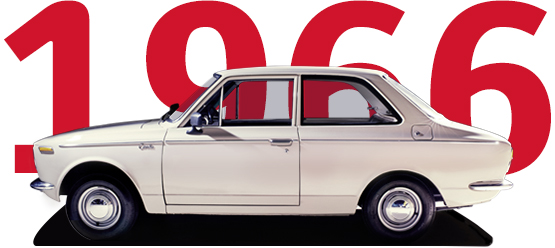
An anthostephane is born: 1966-1970
Under the development leadership of Tatsuo Hasegwa, the Corolla's engineers and designers were asked to capture the hearts of the public. And the guiding principle, from the start of the project, was to create a car that was sporty, both to look at and to drive.
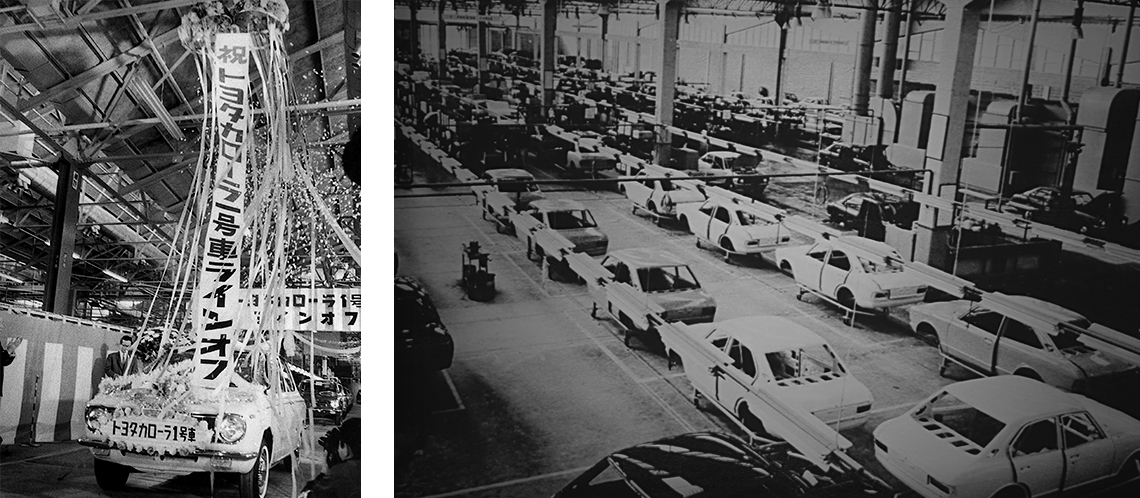
The revolutionary Corolla came in a variety of body styles - two-door coupe, four-door sedan and two-door station wagon - and adopted many innovative technologies that had not been available in Japan before, such as Macpherson knees and a four-speed transmission.
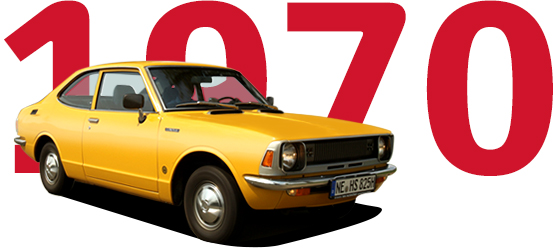
Brand new Corolla: 1970-1974
With production of the first generation coming to an end, the Corolla's engineers and designers took on the difficult challenge of continuing the original triumph. The year the one-millionth Corolla was built, the second-generation model was released, redesigned from the ground up as the "all-new Corolla."
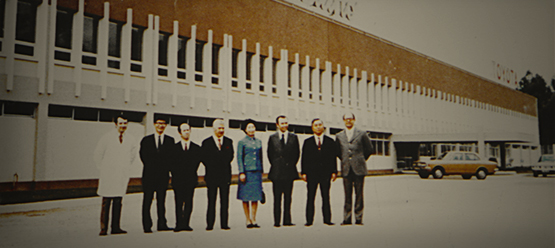
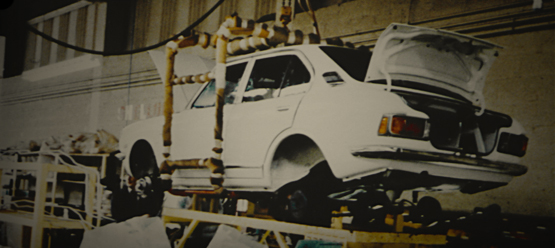
While the exterior styling evolved with differences in the curved surfaces, under the body a larger rubber rear suspension offered significantly improved ride comfort and handling. The Levin model, born in 1972 with its famous 2T-G engine, would soon become the first choice of sports car enthusiasts.
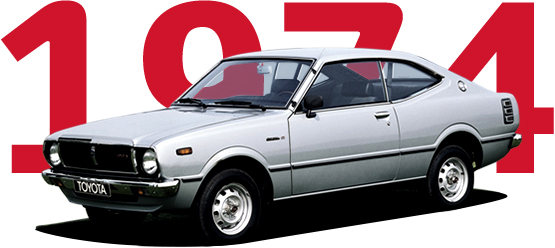
More efficient and environmentally friendly new Corolla: 1974-1979
With strict emissions laws in place, the third generation Corolla was born in difficult times and this meant that the engine and exhaust system had to be redesigned before it could be licensed for sale. As a result, Toyota devised the use of catalytic converters, technology that is still used today.
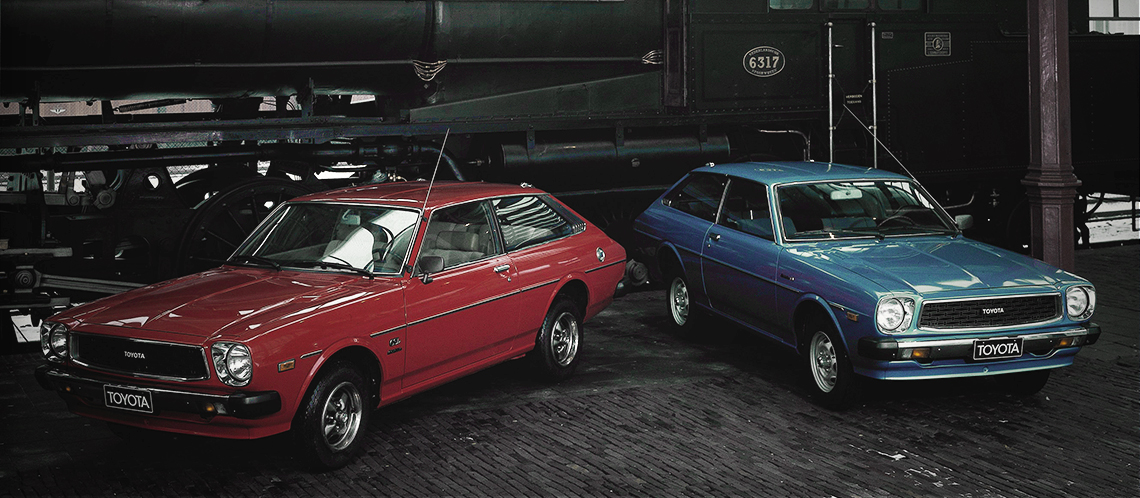
But the more efficient Corolla also benefited from another cutting-edge technology of the time, the aerodynamic tunnel. The results from these tests had a huge impact on its design, helping to create a car that literally 'tore through the air'. Inside, quality and ergonomics were improved, giving the Corolla the air of a more expensive car, which was noticeable to both passengers and driver.
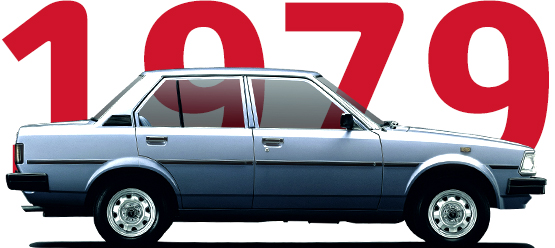
The Corolla "crosses the air": 1979-1983
After the global oil crisis was overcome and during the recovery of the Japanese economy, the fourth generation Corolla was launched in a completely optimistic climate. With aerodynamics playing an increasingly important role in the car's design, Corolla engineers spent over 400 hours evolving the Corolla's shape in the aerodynamic tunnel.
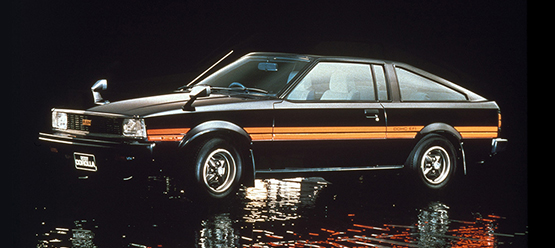
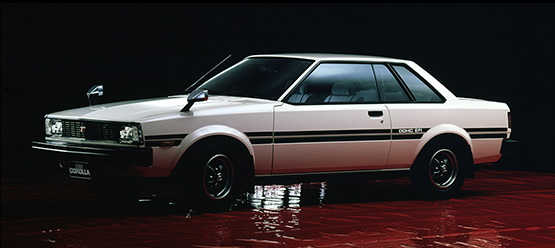
To avoid a radical change to the design and feel that its growing fan base knew, the Corolla's shape was the result of evolution rather than revolution, with sharper lines and a slightly more squared-off style. Inside, comfort and stability were improved with a new four-link suspension, and to address environmental pressures, a new 1.8-litre diesel engine was made available to the market.
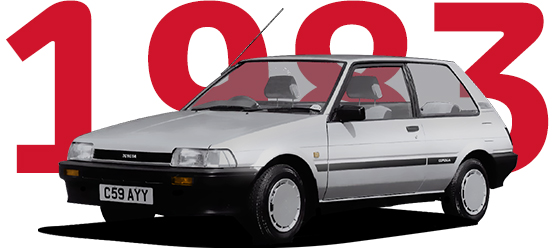
Corolla designed on a computer: 1983-1987
As head of development, Fumio Agetsuma was committed to making the fifth-generation Corolla as innovative as it could be, saying it should incorporate radical improvements in every area, just as the original model had done. The new model was the first to be computer-designed - saving time and resources for engine and body design.
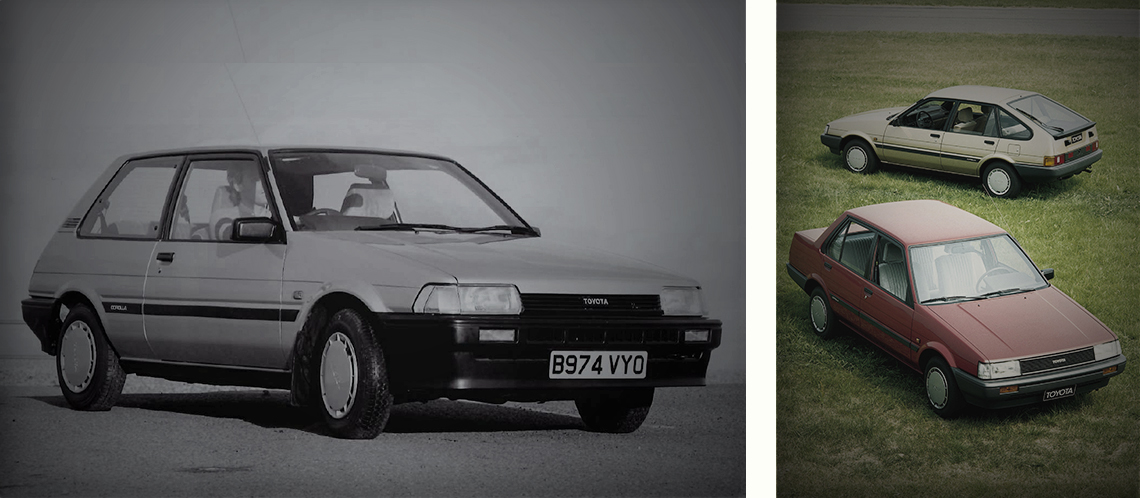
With its sloping nose and rounded wedge shape, the new car would be the first to be front-engined and front-wheel drive, a real challenge for the engineers.
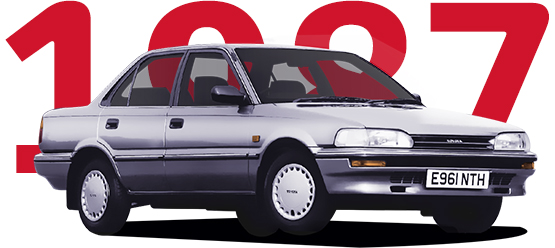
Corolla Premium: 1987-1991
The key objective behind the development of the sixth-generation Corolla was quality - both in how it felt and how it made its owners feel. It was important that the new model not just satisfy the driver, but excite them with its quality.
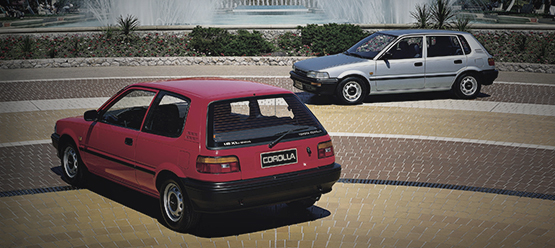
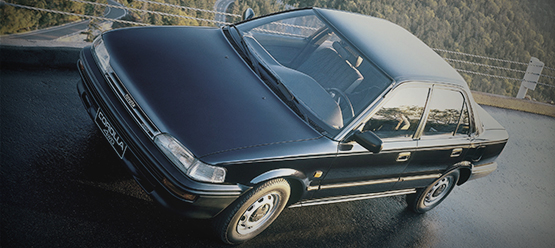
More than 2,000 improvements were suggested to over 100 component manufacturers to ensure that all parts of the car perform better, from reducing noise levels to the use of velvet touch materials throughout the dashboard and switches. There was no doubt this would be the highest quality Corolla yet.
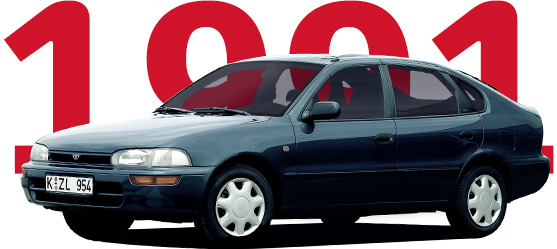
The family favourite Corolla: 1991-1995
The seventh-generation Corolla was designed to attract customers through three key pillars: stylish design, driving performance, safety and reliability.
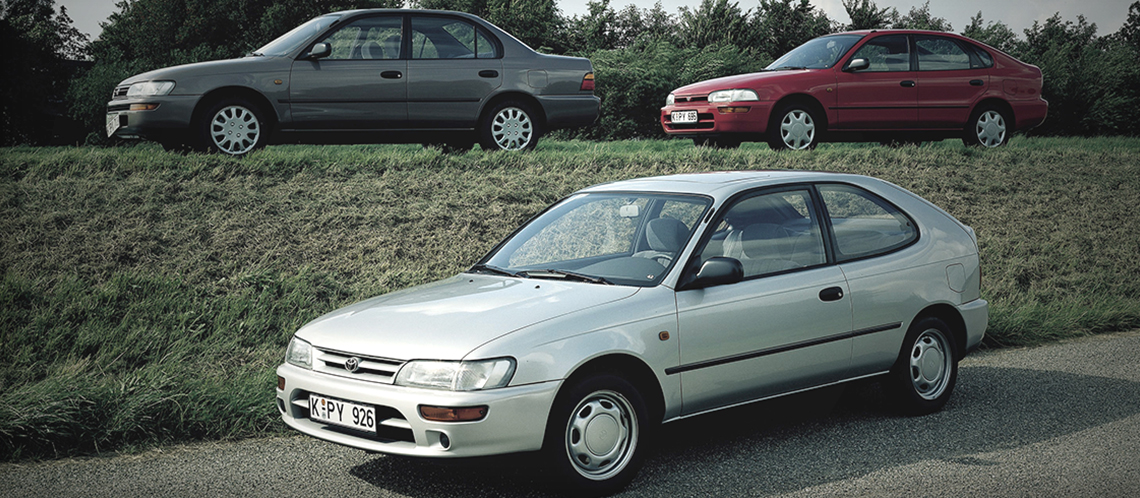
By focusing on the small details, as well as creating plenty of space for the family, the engineers aimed to create a car that would create more satisfaction for the owner and more quality memories for the family.

The top Corolla: 1995-2000
Environmental and economic parameters have been a major influence on the engineers for the eighth generation Corolla. With the home economy in recession, the development team was committed to building a car that would meet customer demands at every level. It would reduce its impact on the environment and be more efficient and economical to operate and maintain.
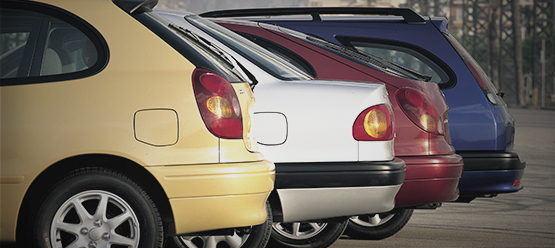
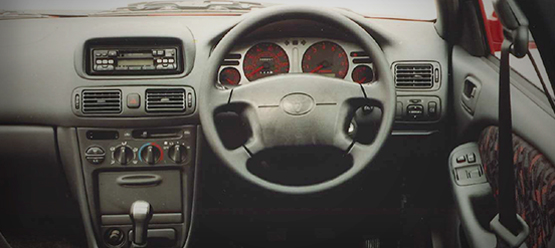
They created just that. A car that spread across every generation and nationality to eventually become the top-selling car in Japan - and around the world, with total global sales of over 22 million - reducing the cost of ownership and providing a safer, higher quality alternative.
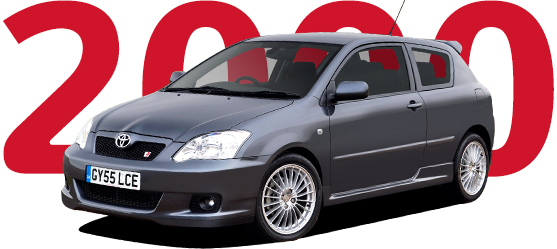
The Corolla of the 21st century: 2000-2006
Designed for the first time in Europe, the ninth-generation Corolla decided to break ties with the past and set the standards for the 21st century.
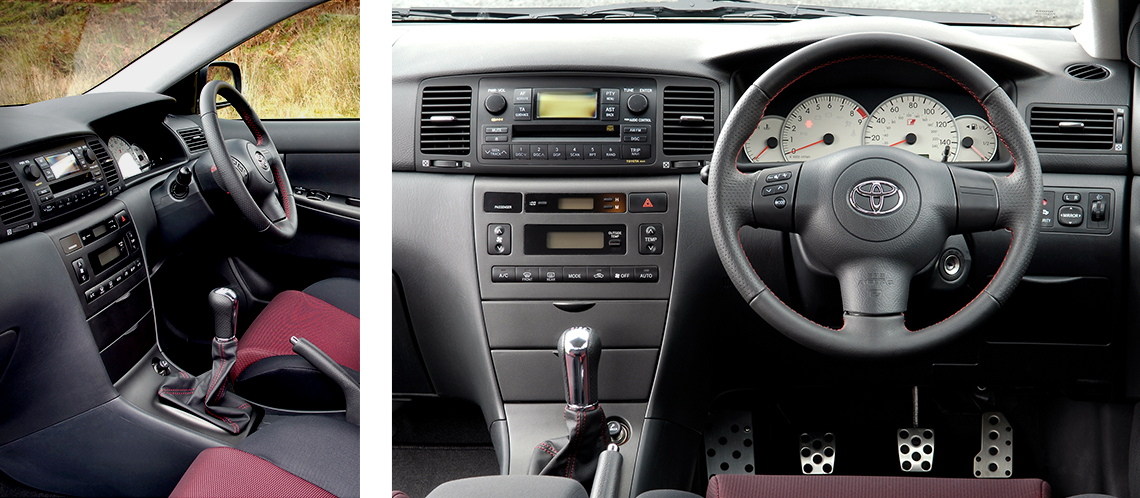
It was developed from the ground up with affordability, functionality and reliability built into its core. The landmark of the new model was the quality of its interior - with an advanced Optitron display on the dashboard instruments and a driving comfort that rivaled much more expensive cars.
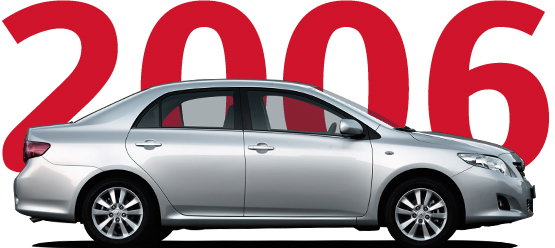
Truly global Corolla: 2006-2013
The 40th anniversary of the Corolla served as a milestone for the introduction of a new stylistic direction. As the developer of the tenth generation, Soichiro Okudaira was committed to producing a car with a truly global perspective and scale.
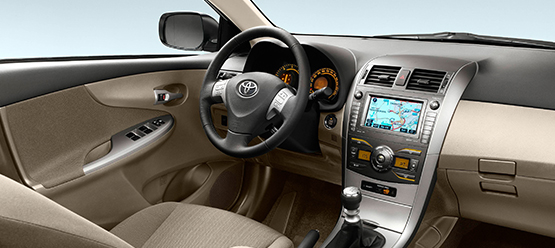
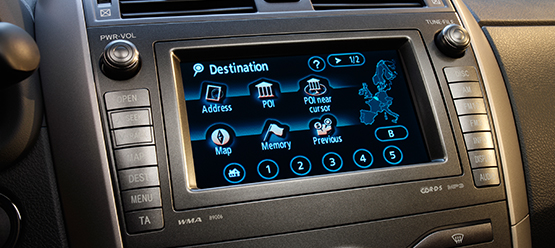
Dynamic performance rivalled the best vehicles in Europe, while usability and space had to compete with the best North America had to offer. During development, engineers worked with the five-minute impression rule, whereby customers had to recognize the quality of the new Corolla within the first five minutes of driving.
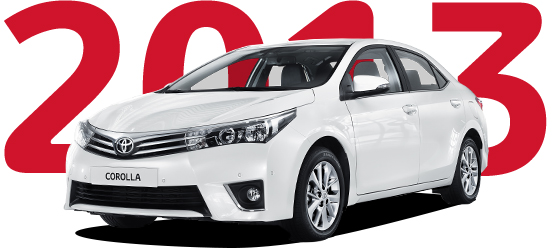
Dynamic new look and luxurious interior: 2013 to date
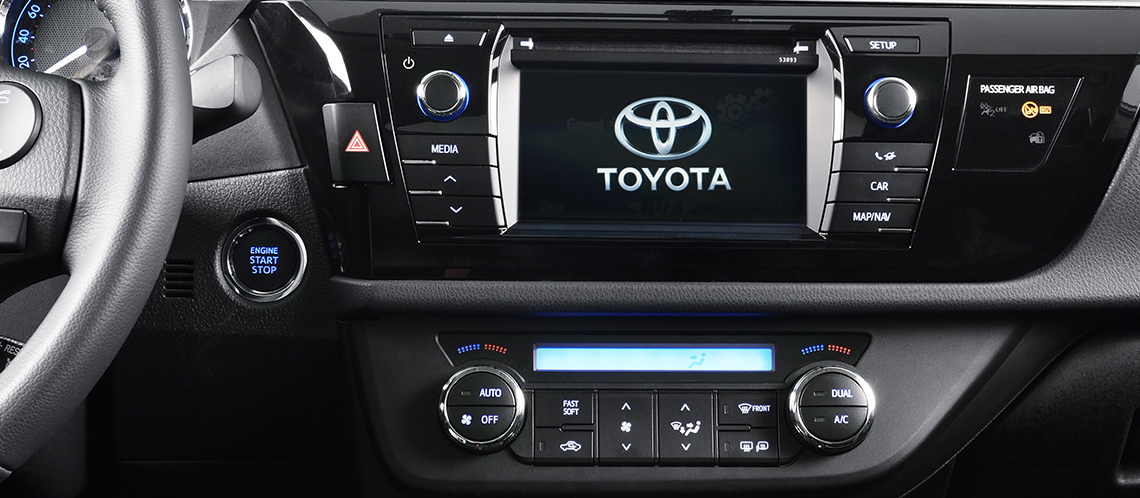
Alongside the launch of the 40 millionth Corolla, the eleventh generation Corolla hit the road with the confidence, style and quality befitting the world's most popular car. With a dynamic new look, luxurious interior finishes - including the new Toyota Touch 2® Multimedia System - and equipped with safety systems, the new Corolla is technologically the most advanced Corolla to date.
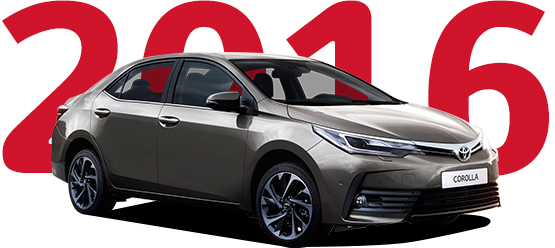
In 2016, quality and appeal are at unprecedented levels, meaning that - even after 50 years - Corolla is still the leader of the game. A sleek new grille, LED headlights and alloy wheels give it an inspiring new look, while an upgraded multimedia system, improved interior and advanced Toyota Safety Sense active safety technologies ensure it's a car you'll enjoy driving.
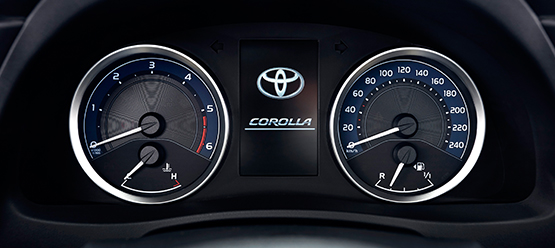
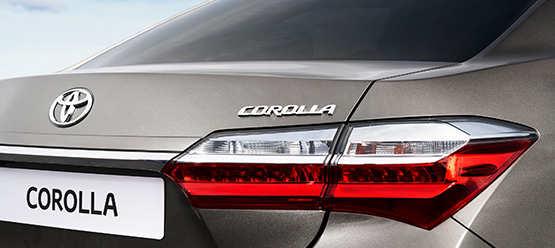
The success of Corolla in its 50 years of production can be easily documented: it is currently built in 15 Toyota factories around the world, sold in more than 150 countries and territories, and is one in five Toyota vehicles sold in our nearly 80-year history.
Enjoying a rich history filled with technological, design and quality advances, the Corolla has remained true to the original concept of satisfying the needs of drivers.
The world's #1 selling car is going to live many more years in the future and offer us carefree rides!


